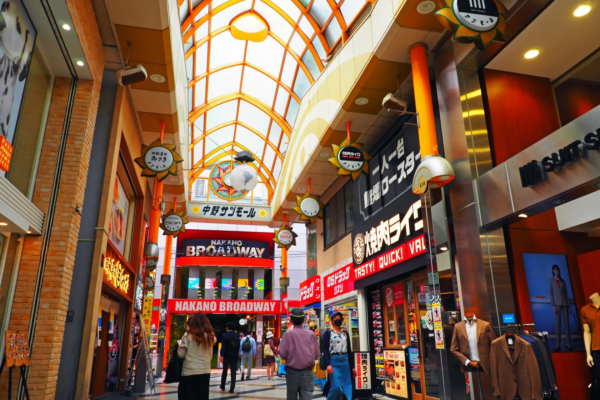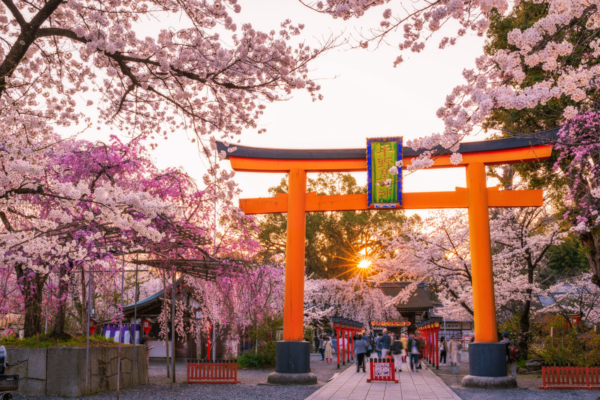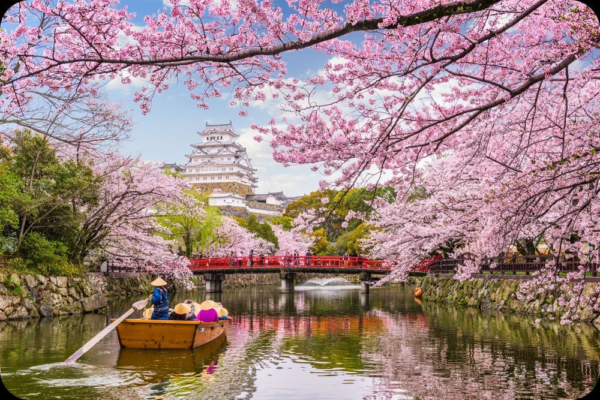Every August, the streets of Tokushima City on Shikoku Island come alive with the rhythmic beats and vibrant movements of the Awa Odori festival. Celebrated from August 12 to 15, this event draws over a million visitors eager to witness and participate in Japan’s largest traditional dance festival.
With a history spanning more than four centuries, Awa Odori offers a unique opportunity to immerse oneself in Japanese culture, dance alongside locals, and experience the infectious joy that permeates the city during this festive period.
Historical Background
The origins of Awa Odori are deeply rooted in Japanese history, with several theories explaining its inception:
- Celebration of Tokushima Castle’s Completion: One popular belief is that in 1587, Lord Hachisuka Iemasa commemorated the completion of Tokushima Castle by providing sake to the townspeople, leading to spontaneous and exuberant dancing in the streets. This uninhibited celebration is thought to have evolved into the structured Awa Odori festival we see today.
- Bon Odori Influence: Another theory suggests that Awa Odori originated from Bon Odori, traditional dances performed during the Obon season to honor ancestral spirits. The lively and inclusive nature of Bon Odori may have influenced the development of Awa Odori’s distinctive style.
- Furyu Dance Tradition: Some historians trace Awa Odori’s roots to the Furyu dance, a popular group dance from the 16th century characterized by its energetic movements and communal participation.
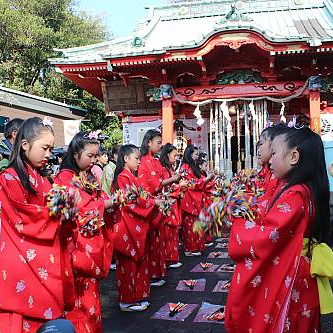
(Source: UNESCO Intangible Cultural Heritage)

Regardless of its exact origins, Awa Odori has grown into a festival symbolizing community spirit, cultural pride, and the joyous celebration of life.
Festival Highlights
The Awa Odori festival is a multifaceted event featuring various performances and activities:
- Ren Groups: Central to the festival are the “ren” (dance troupes), comprising dancers and musicians from neighborhoods, companies, or schools. Each ren showcases unique choreography and costumes, reflecting their group’s identity and adding to the festival’s vibrant diversity.
- Dance Styles: Awa Odori features distinct dance styles for men and women. Male dancers typically perform with dynamic and exaggerated movements, often in a low stance, while female dancers exhibit graceful and elegant motions, dancing on the tips of their toes. Both styles are integral to the festival’s visual spectacle.
- Music: The dances are accompanied by traditional instruments such as shamisen (three-stringed lute), taiko drums, shinobue flutes, and kane bells. This ensemble creates a hypnotic and festive rhythm that energizes both dancers and spectators.
- Chants: A common chant heard during the festival is: “Odoru aho ni miru aho; onaji aho nara odoranya son son,” which translates to, “The dancers are fools; the watchers are fools; both are fools alike, so why not dance?” This chant encapsulates the festival’s inclusive and joyous spirit.
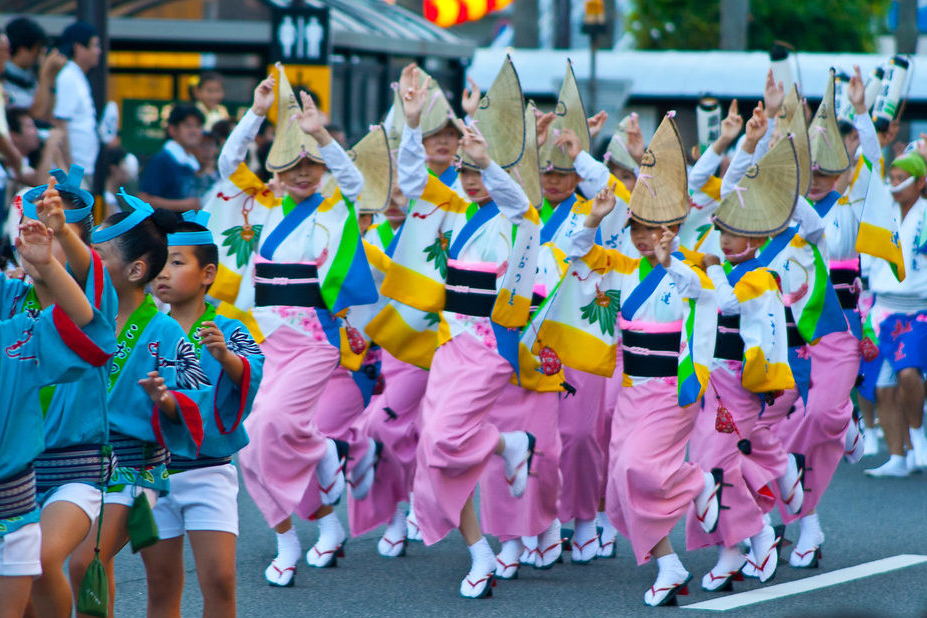
Dance Tips for Beginners
For those eager to join the festivities, here are some tips to get you started:
- Learn the Basic Steps: The fundamental dance move involves a rhythmic pattern where the right foot and right hand move forward simultaneously, followed by the left foot and left hand. This creates a flowing motion that aligns with the festival’s music.
- Posture and Movement: Male dancers often adopt a low stance with bent knees, emphasizing powerful movements, while female dancers maintain an upright posture with graceful arm motions. Observing and mimicking these styles can enhance your participation.
- Attire: While traditional costumes are not mandatory for visitors, wearing a yukata (light cotton kimono) can enhance the experience. Comfortable footwear is essential, as dancing occurs on the streets over extended periods.
- Join Practice Sessions: In the days leading up to the festival, many ren groups hold open practice sessions. Participating in these can provide valuable insights into the dance routines and boost your confidence.
Connecting with Local Dance Groups
To fully immerse yourself in the Awa Odori experience, consider connecting with local dance groups. Here are some avenues to explore:
- Awa Odori Kaikan: This cultural center in Tokushima City offers daily dance performances and workshops. Visitors can learn about the festival’s history, try basic dance steps, and even join in practice sessions.
- Niwaka Ren: These are impromptu dance groups formed during the festival, allowing visitors to join without prior practice. It’s an excellent way to participate spontaneously and enjoy the communal spirit.
- Local Community Centers: In the weeks leading up to the festival, community centers often host dance workshops open to the public. Participating in these can provide a deeper understanding of the dance and its cultural significance.

Practical Information
- Festival Dates: Annually from August 12 to 15.
- Location: Tokushima City, primarily in the downtown area.
- Access: Tokushima is accessible via domestic flights, trains, and buses. During the festival, additional transportation services are often available to accommodate the influx of visitors.
- Accommodation: Given the festival’s popularity, it’s advisable to book accommodations several months in advance. Options range from traditional ryokans to modern hotels.
Conclusion
Participating in Tokushima’s Awa Odori offers a unique cultural experience, allowing you to dance alongside locals in a festival that has thrived for centuries. Whether you’re a seasoned dancer or a curious traveler, the infectious rhythm and welcoming atmosphere make it an event not to be missed.
If you’re looking for more travel inspiration, check out Findtourgo!

